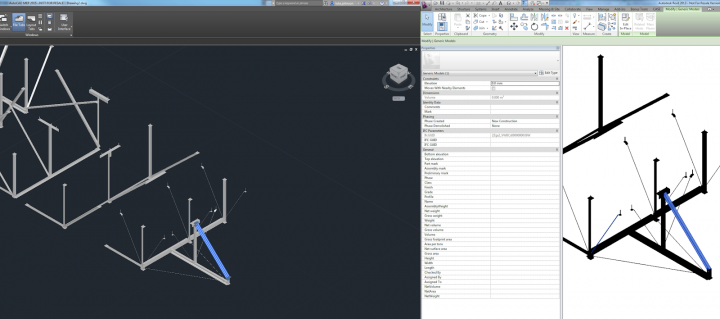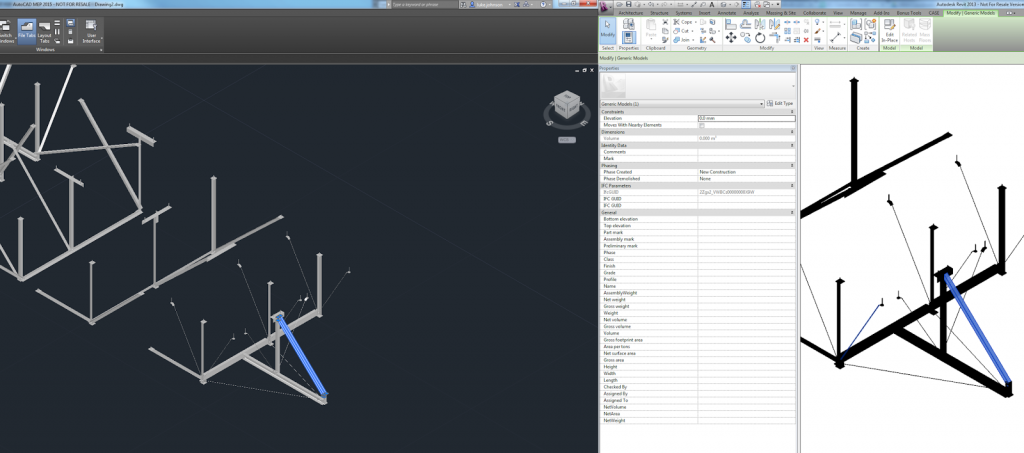An interesting discussion has been brewing over on LinkedIn about IFC Export from Revit. In my personal experience, the most predictable results come from deleting the IfcExportAs parameter and using the IFC mapping files to force the export result. However, this may not be the best path for data longevity and roundtripping.
Here is one little excerpt from Wawan Solihin:
The use of IfcExportAs is more suited for mapping detailed subtype or predefined type of MEP components that are mostly defined by families and often they do not correspond 1-1 nicely with IFC definitions. So instead of getting a generic IfcBuildingElementProxy for a family type that does not have clear mapping to the IFC entity, one can use IfcExporAs to define the IFC type it is intended to be plus its subtype for example IfcSensorType.CO2SENSOR that will create IFC entity IfcDistributionControlElement with type IfcSensorType and predefinedtype=’CO2SESNSOR’ in IFC2x3 (or entity IfcSensor in IFC4). This is just one example. There are other entities in IFC that must have mandatory attribute set, e.g. IfcReinforcingMesh which has several mandatory attributes such as LongitudinalBarNominalDiameter. Unless those attributes are set and Revit IfcExporter knows where to get the relevant information, you will get invalid entity information in IFC.
Read the whole thread:
http://www.linkedin.com/groups/Revit-IFC-Exports-3690870%2ES%2E5891816567016034308
Heads up via @theoryshaw


